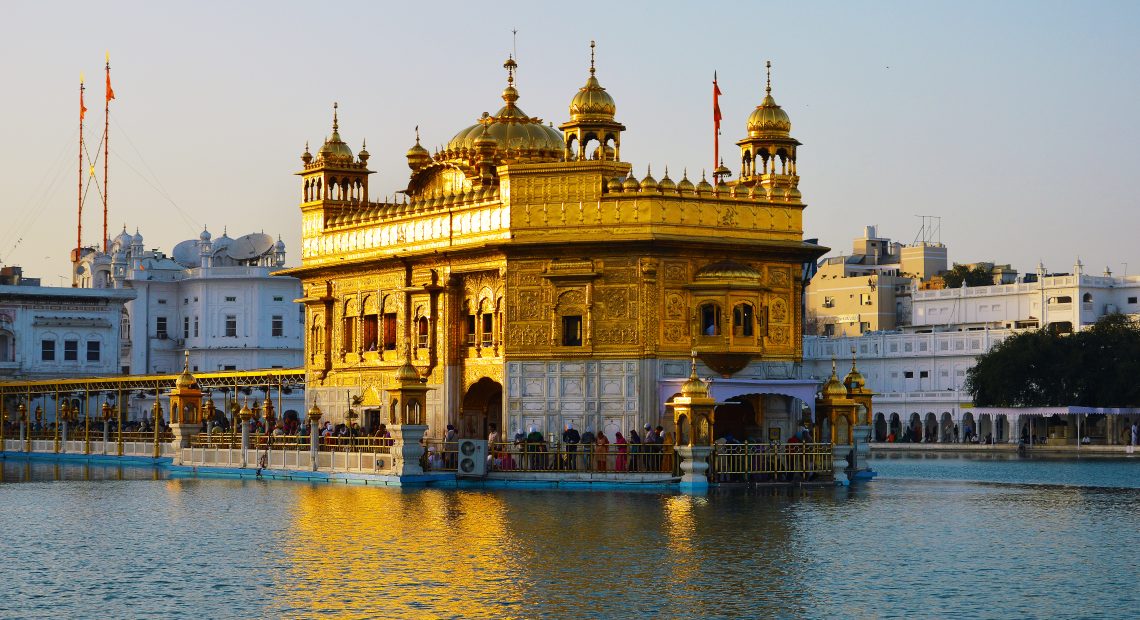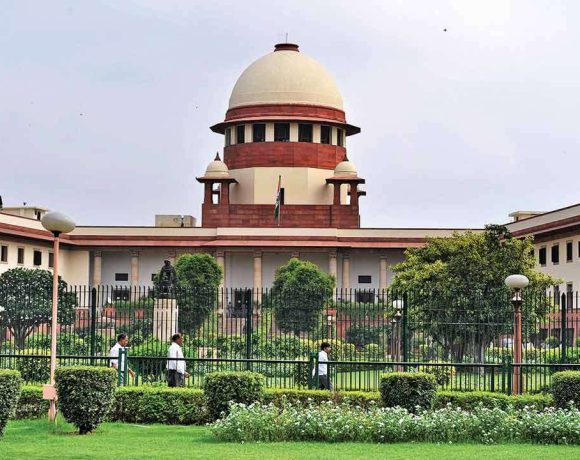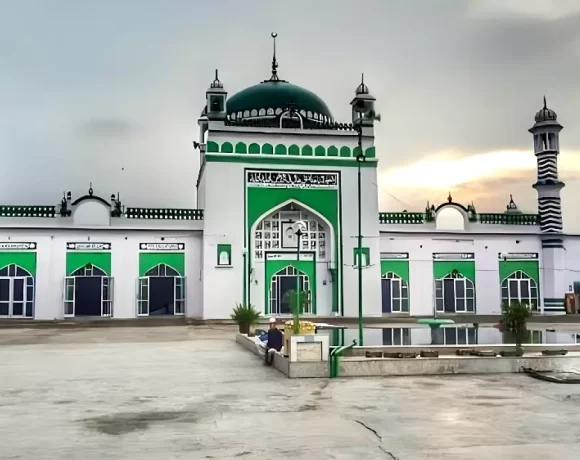
Pakistan Targeted Golden Temple After Operation Sindoor
In a chilling escalation of hostilities following Operation Sindoor, Pakistan launched a retaliatory drone and missile strike targeting the Golden Temple in Amritsar. The attempted strike came shortly after India’s precision military response to the April 22 Pahalgam massacre, in which 26 civilians lost their lives. In Operation Sindoor, the Indian Army neutralized over 100 terrorists and destroyed key terror infrastructure inside Pakistan and Pakistan-occupied Kashmir. The response, though surgical, triggered an immediate and dangerous response from across the border.
Operation Sindoor and Its Fallout
India’s Operation Sindoor, launched on May 7, was a calculated and high-impact operation targeting nine key terror camps, including facilities in Muridke and Bahawalpur. The airstrikes marked one of the largest cross-border actions since the Balakot airstrikes of 2019 and were aimed at crippling Lashkar-e-Taiba and Jaish-e-Mohammed facilities. In retaliation, the Pakistan Army, devoid of conventional targets, resorted to an alarming choice—targeting a religious symbol of immense cultural and spiritual importance.
Pakistan Targets the Golden Temple
According to Major General Kartik C Seshadri, General Officer Commanding of the 15th Infantry Division, the Indian Army had anticipated such a move.
“Knowing that the Pak Army does not have any legitimate targets, we anticipated that they would target Indian military installations, civilian targets including religious places. Of these, Golden Temple appeared to be the most prominent.”
To counter this, the Indian Army mobilized a robust air defence grid over Amritsar.
“We mobilised additional modern air defence assets to give a holistic air defence umbrella cover to Golden Temple.”
This included deployment of state-of-the-art systems like the Akash Surface-to-Air Missile (SAM), L-70 anti-aircraft guns, and radar-integrated counter-UAS platforms.
“We were fully prepared since we had anticipated this, and our braveheart and alert army air defence gunners thwarted Pakistan Army’s nefarious designs and shot down all drones and missiles targeted at the Golden Temple. Thus, not allowing even a scratch to come on our holy Golden Temple.”
Nationwide Alerts and Ceasefire
The attack was not limited to Amritsar. Indian cities including Jammu, Srinagar, Pathankot, Jalandhar, Ludhiana, Chandigarh, and Bhuj were all targeted. Despite the scale of the threat, India’s multi-layered Integrated Air Defence System ensured that none of Pakistan’s projectiles caused significant damage. Alerts were issued across northern India and retaliatory protocols were kept on standby.
By May 10, in an effort to deescalate the rapidly worsening situation, India and Pakistan agreed to a ceasefire after a direct hotline conversation between their respective Director Generals of Military Operations. While the ceasefire currently holds, defence officials remain cautious, given the magnitude of the attempted provocation.
India’s ability to defend the Golden Temple not only averted a religious crisis but also demonstrated the nation’s preparedness and technological edge in modern air warfare. The psychological victory, paired with the military success of Operation Sindoor, signals a clear message to adversaries: India’s sacred spaces and civilian life are not soft targets—they are fortified with resolve and technology.

















